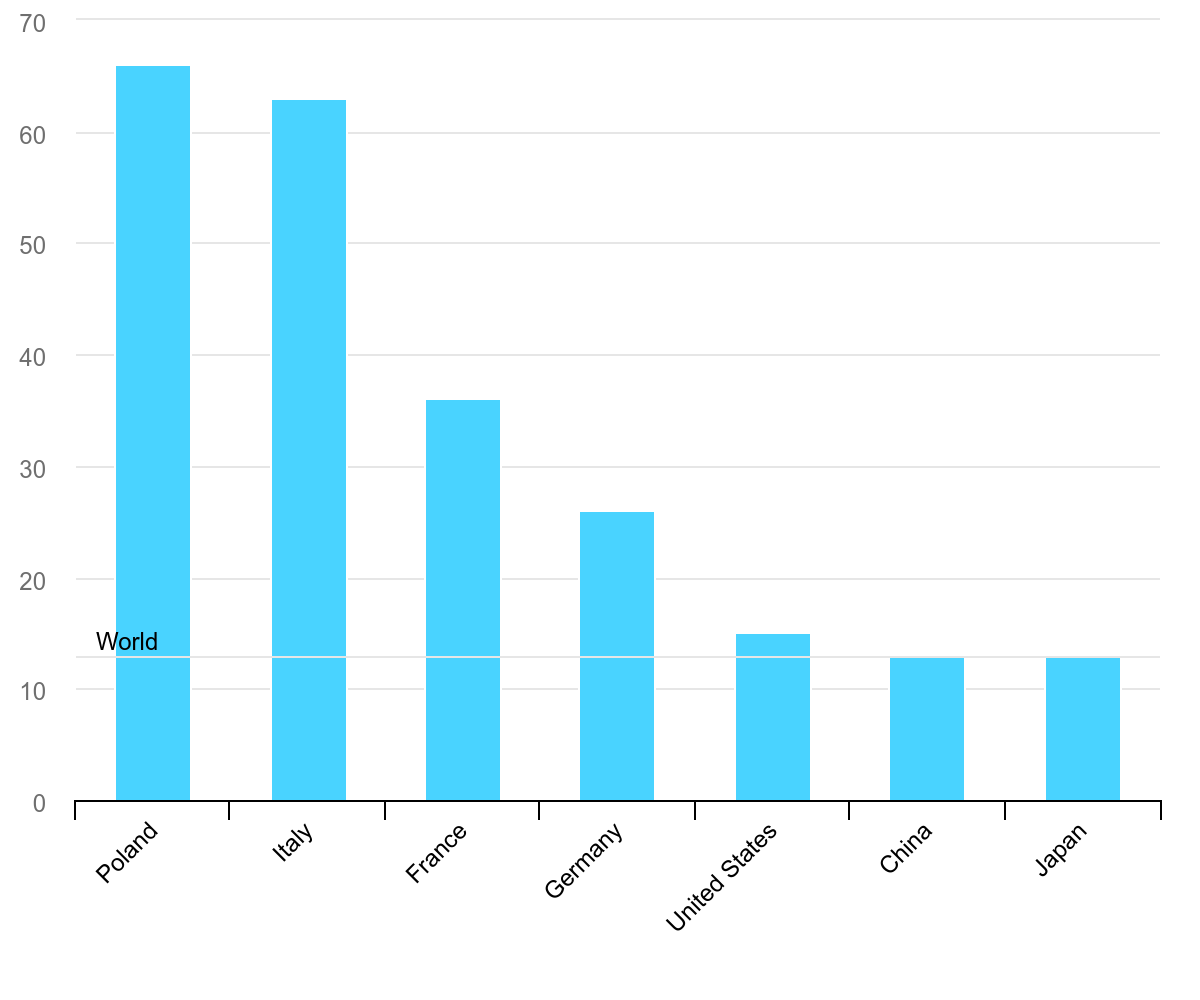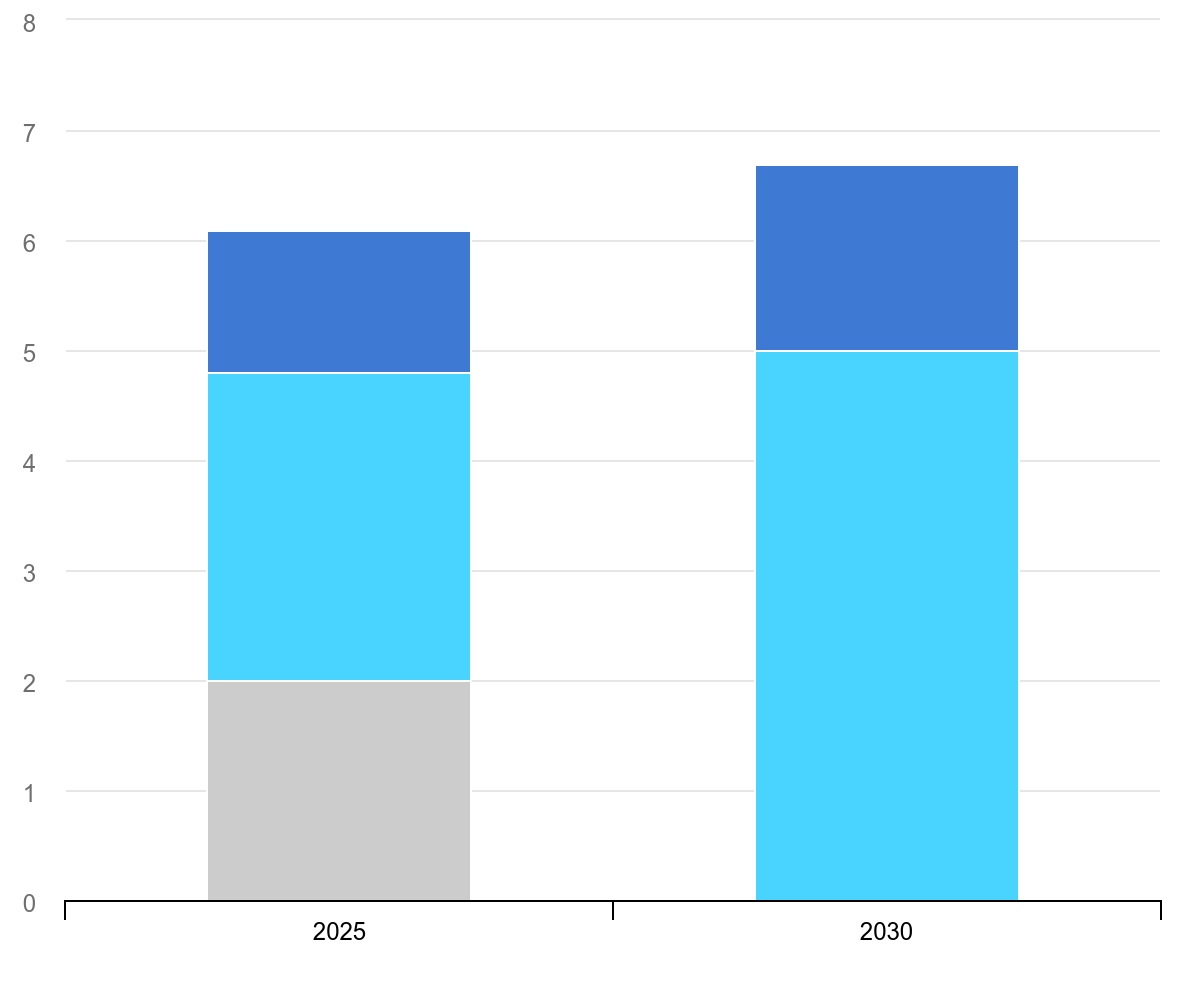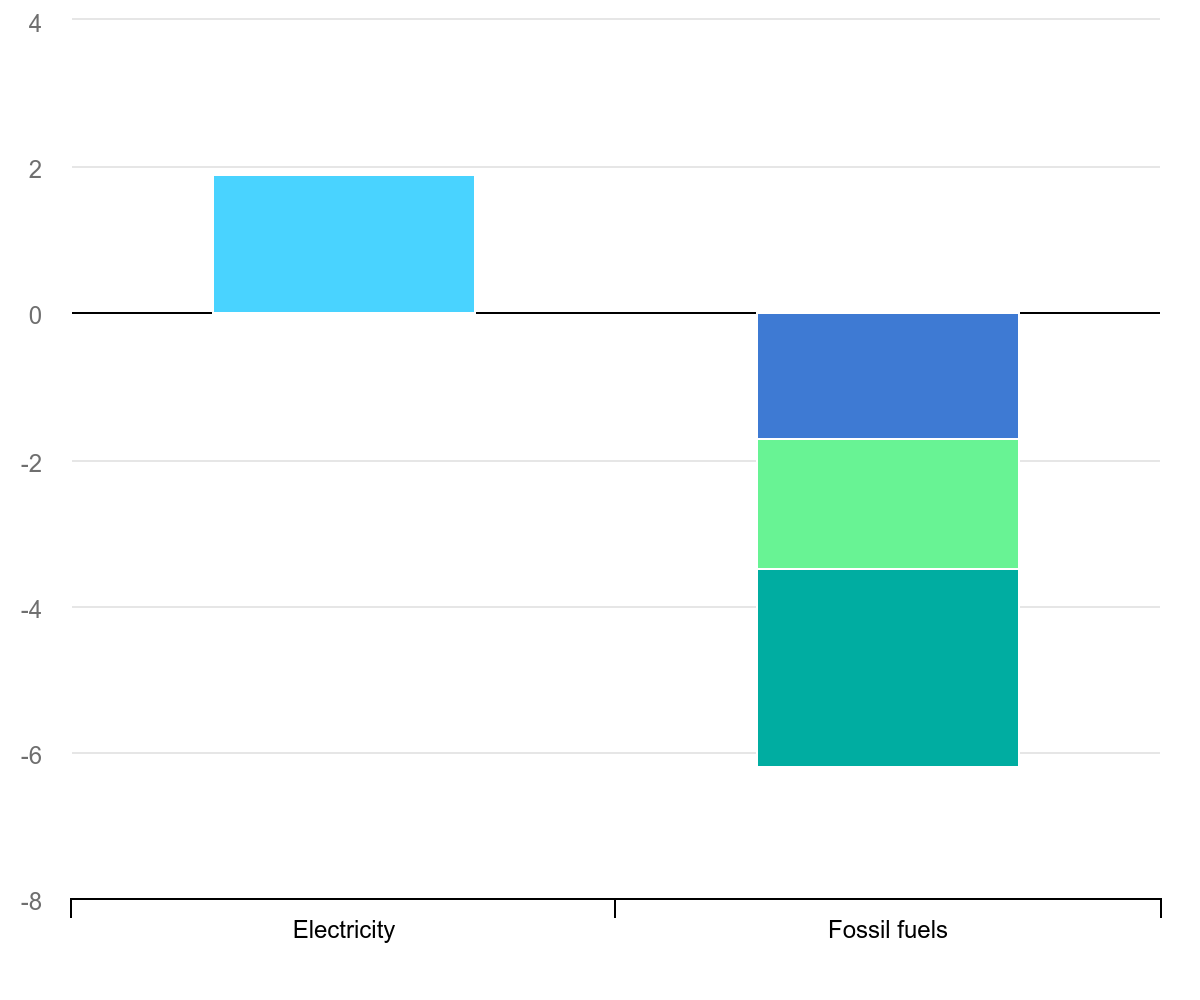Enpal was founded in 2017 with the goal of making renewable energy accessible to everyone and thus finally achieve the energy transition in Germany. Offering a complete package comprising a solar system, power storage, electric car charging station, and heat pump, Enpal intelligently networks it’s solution via it’s Enpal.One energy manager, to make clean energy transitions possible in the home.
Enpal is also a leader in virtual power plant technology and is on its way to becoming the largest virtual power plant in Europe.
Connect with Dr. Wolfgang Gründinger on Linkedin.
00:00 Introduction and Wolfgang’s personal journey
6:53: Energy as national security imperative
10:30: Story of Enpal from startup to scaleup
15:33: Enpal’s solution to training the installation workforce
18:30: Enpal’s B2B strategy
22:11: How Enpal works with newer startups
26:00: Advice for energy startups
28:29: Next 15 years for Enpal
The Innovation Case for Scaling Heat Pumps: Powering the Net-Zero Transition
As the world accelerates toward net-zero emissions, heat pumps are a cornerstone technology for decarbonizing heating and cooling. This sector accounts for nearly half of global energy consumption and more than forty percent of energy-related carbon dioxide emissions. The innovation case for scaling heat pumps is compelling, driven by their efficiency, versatility, and transformative potential across homes, businesses, and industries.
Heat pumps sales growth rate, 2020-2021
Source: IEA (2022), Heat pumps sales growth rate, 2020-2021, IEA, Paris https://www.iea.org/data-and-statistics/charts/heat-pumps-sales-growth-rate-2020-2021, Licence: CC BY 4.0
Why Heat Pumps Matter
Traditional heating relies heavily on fossil fuels, locking in carbon emissions and perpetuating energy insecurity. In contrast, heat pumps use electricity to transfer heat from sources like air, water, or industrial waste, delivering efficiencies far beyond direct electric or combustion-based systems. For every unit of electricity consumed, modern heat pumps can deliver three to five units of heat—dramatically reducing both energy use and emissions.
In Germany, heat pumps were installed in approximately 69.4% of new homes completed in 2024, with nearly 74.1% of new detached and semi-detached houses and 45.9% of new apartment blocks using this technology as their primary heating source. However, in the existing building stock, only about 5% of German homes have a heat pump, while around 80% are still heated with oil or gas,. Across the EU, heat pump adoption varies significantly; for example, Norway and Finland have reached about 50% heat pump penetration in residential buildings, but Germany lags with just 11 heat pumps sold per 1,000 households in 2023, ranking 17th among 21 European countries surveyed.
Annual heat pump installations in the European Union, 2021-2030
Source: IEA (2022), Annual heat pump installations in the European Union, 2021-2030, IEA, Paris https://www.iea.org/data-and-statistics/charts/annual-heat-pump-installations-in-the-european-union-2021-2030, Licence: CC BY 4.0
Heat pumps offer a unique advantage because they provide both heating and cooling. As global temperatures rise and demand for cooling increases, this dual capability becomes even more valuable. The flexibility of heat pumps positions them as a key solution for both current and future climate challenges.
Industrial and Large-Scale Innovation
Recent technological advances have demonstrated that heat pumps are not limited to low-temperature residential use. Large-scale and high-temperature heat pumps can now reach output temperatures up to one hundred fifty degrees Celsius and beyond. This innovation unlocks new possibilities for decarbonizing industrial processes such as distillation, pasteurization, and steam generation. For example, Siemens Energy is developing units that deliver up to seventy megawatts of thermal output and steam at up to two hundred seventy degrees Celsius. These capabilities meet the demanding needs of heavy industry and district heating.
This progress is essential because industry accounts for almost three-quarters of energy consumption in processing heat. By integrating with waste heat sources, such as data centers, factories, or biogas plants, industrial heat pumps can transform what was once discarded energy into valuable, low-carbon heat.
Systemic Benefits and Grid Integration
Heat pumps do more than just decarbonize heat. They also add resilience and flexibility to the broader energy system. When thousands of heat pumps are aggregated into virtual power plants, they can provide grid balancing services. This means shifting demand to periods of low electricity prices or high renewable output. Smart integration of heat pumps helps stabilize the grid, supports the uptake of renewable energy, and can generate revenue for heat pump owners.
As electricity grids themselves decarbonize, the climate benefits of heat pumps will continue to grow. Over time, any remaining fossil gas use can be replaced with renewable options, which will further reduce emissions.
Policy, Economics, and the Path to Scale
Scaling heat pumps to the levels needed requires more than just technological innovation. According to the International Renewable Energy Agency, the world will need nearly eight hundred million additional units by 2050, a fourteen-fold increase. Achieving this goal depends on several factors.
Heat pump capacity in buildings by country and region in the Announced Pledges Scenario, 2021-2030
Source: International Energy Agency (IEA). Heat Pump Capacity in Buildings by Country and Region in the Announced Pledges Scenario, 2021–2030. Paris: IEA, 2022. https://www.iea.org/data-and-statistics/charts/heat-pump-capacity-in-buildings-by-country-and-region-in-the-announced-pledges-scenario-2021-2030. Licensed under CC BY 4.0.
First, strategic public and private partnerships are essential. Governments can set clear targets, reform energy pricing, and de-risk investments, while manufacturers continue to innovate and drive down costs.
Second, financial incentives and supportive regulation can accelerate adoption, especially in district heating and industrial sectors. Grants, rebates, and streamlined permitting processes make a significant difference.
Third, innovation in deployment models is making heat pumps more accessible and attractive. Modular, factory-built systems and digital platforms for aggregation are helping to lower barriers to entry.
Companies like Enpal in Germany are pioneering integrated clean energy solutions by bundling heat pumps with solar panels, battery storage, and EV chargers—all managed through a digital platform and offered via subscription-based models that eliminate upfront costs. This approach lowers both financial and technical barriers to adoption, while using smart energy management systems to optimize performance.
Fourth, workforce development and consumer engagement are critical. Training installers and informing end-users ensures that the benefits of heat pumps are widely understood and realized.
Challenges and the Road Ahead
Despite the promise, challenges remain. Upfront costs, especially in retrofits, can be high, and supply chains must scale rapidly to meet demand. Achieving high temperatures efficiently often requires multi-stage systems and careful integration with existing processes. However, ongoing innovation in refrigerants, compressors, digital controls, and system design is steadily overcoming these barriers.
Change in buildings heating energy demand in the Announced Pledges Scenario, 2021-2030
Source: IEA (2022), Change in buildings heating energy demand in the Announced Pledges Scenario, 2021-2030, IEA, Paris https://www.iea.org/data-and-statistics/charts/change-in-buildings-heating-energy-demand-in-the-announced-pledges-scenario-2021-2030, Licence: CC BY 4.0
Conclusion: A Mission-Oriented Innovation Agenda
The case for scaling heat pumps is not just technical or economic. It is a societal imperative. By embracing a mission-oriented approach that leverages public ambition and private ingenuity, we can accelerate the roll-out of this key technology. This will slash emissions—by up to 500 million tonnes globally per year by 2030, boost energy security, and create new industries and jobs.
Heat pumps are more than a green upgrade. They are a linchpin of the clean energy transition. At the household level, they can cut heating-related emissions by 30% to 75%, depending on the fuel being replaced and the grid's carbon intensity. Scaling their deployment across residential, commercial, and industrial sectors is an innovation imperative—and an opportunity we must seize.










